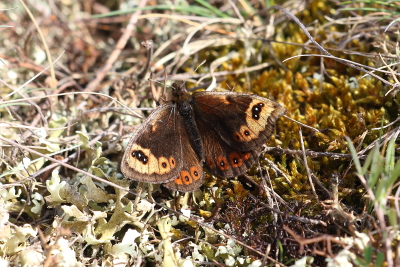
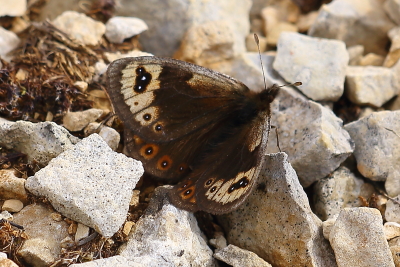
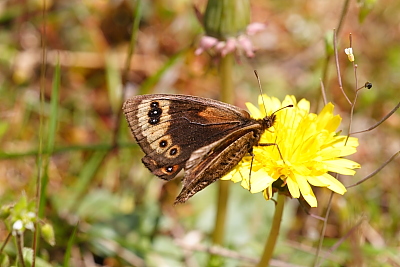
10182_female_Var_2May08
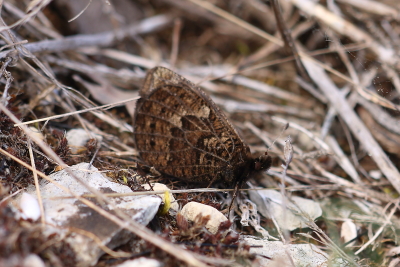
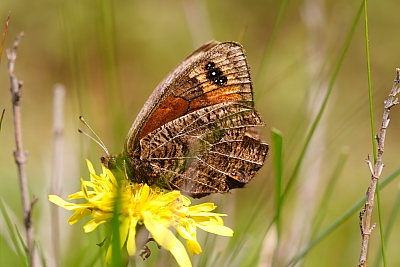
Spring Ringlet (Erebia epistygne)
2024 photographs highlighted in yellow. Click on any photograph to go to an enlarged picture, or simply scroll down the page.
 |
 |
 |
|
| 40146_male_Var_15Apr16 | 45070_male_Var_24Apr18 |
10182_female_Var_2May08 |
20072_female_Var_13May10 |
 |
 |
||
| 40135_male_Var_15Apr16 | 20087_female_Var_13May10 |
|
A rather scarce early season Erebia that I saw for the first time in 2008 at one location in the deserted rocky wilderness of northern Var. It is quite large with pale post-discal bands and lots of large bold ocelli, quite visible in flight, I found. Its principal flight period is April and 10182 looked quite worn when I saw it on 2 May. 20072 was seen even later on 13 May, rather battered, but 2010 was a "late" year because of the poor early spring weather. |
The early flight period means that confusion with any
other Erebia
is almost impossible, as Erebia generally do not emerge until July or
later, with only one or two exceptions. Epistygne, especially the males, flies over rocky
terrain at altitudes usually over 500m, and is therefore rather difficult to
follow, so I considered myself fortunate to get close enough for any photograph.
Until then, I do not think I had actually seen a male stop for more than a couple of seconds. However, I was told about another site in north-western Var (thank you, Kevin T) that I visited in mid-April 2016 where I saw several individuals, even at that time of year showing a little wear, but all settling deep into the grass making a clear photograph almost impossible. |
| ref | sex |
observations |
alt. m |
| 40146 | M | although the T&L illustration of the male shows no upf ocelli in s1 and s2, this is clearly a male from the body shape, so clearly males can have ocelli here, albeit rather weak ones. 40135 is the underside. | 890 |
| 45070 | M | a slightly better photograph than others on this page, and this only after quite a long period of tracking this male. It is reasonably fresh and the upf post-discal is quite pale. | 830 |
| 10182 | F |
a rather worn female, as indicated by the ocelli in s1 and s2 that the male (allegedly) does not have. |
920 |
| 20072 | F |
a female, right at the end of its flight period. |
920 |
| 40135 | M | the underside of 40146. It was very difficult to get any sort of photograph of this rather nervous species, but the darker colouring and lack of contrast across the discal line clearly indicates male. (c.f. 20087). | 890 |
| 20087 | F |
a female, the underside of 20072. |
920 |